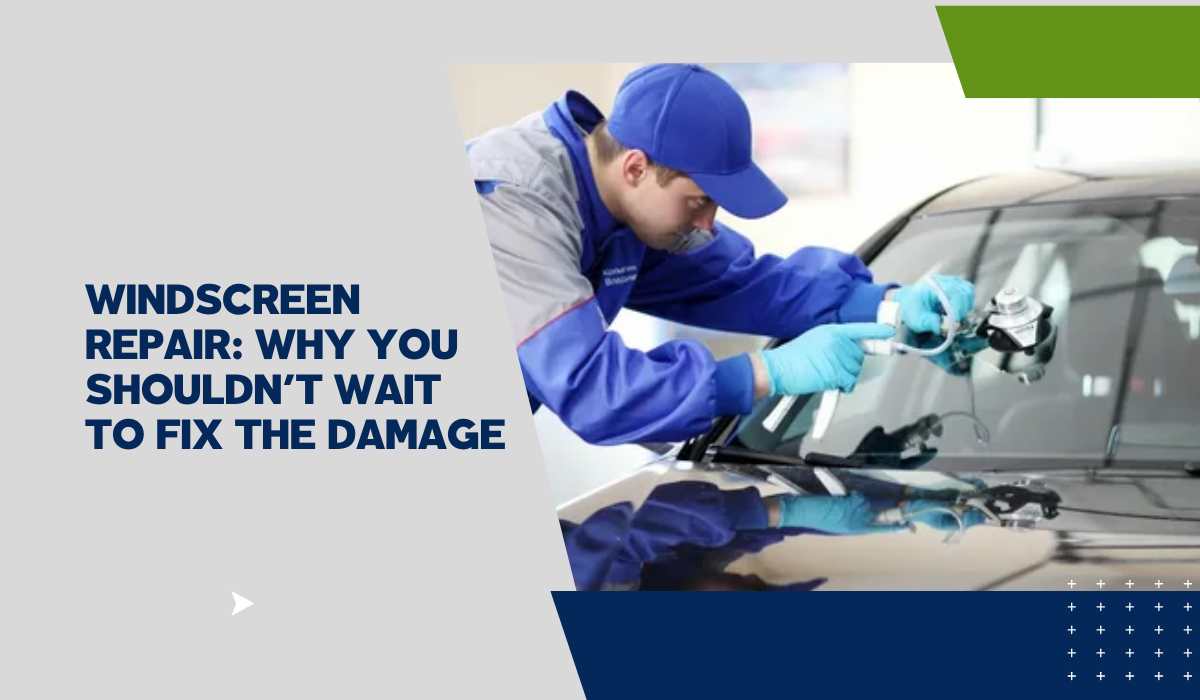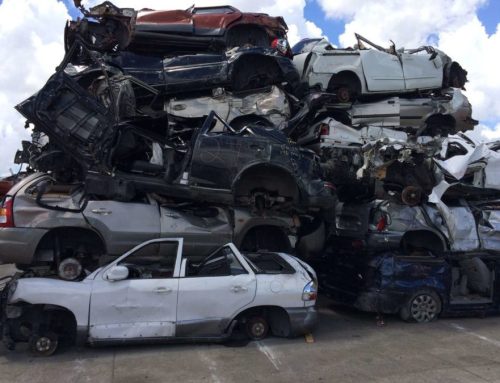Driving with a damaged windscreen is like walking on thin ice—it’s risky, unsafe, and can lead to costly consequences. That tiny chip or crack you’ve been ignoring isn’t just an aesthetic flaw; it’s a potential hazard that compromises your safety and your vehicle’s structural integrity. In this article, we’ll explore everything about windscreen repair, from common causes of damage to choosing the right repair service.
The Hidden Danger of Ignoring Windscreen Damage
Many drivers overlook minor chips or cracks, assuming they won’t cause significant problems. However, even the smallest damage can escalate quickly. Windscreens are designed to provide structural support to your car and protect you during accidents. When they’re compromised, so is your safety.
Why Prompt Windscreen Repair Matters
- Prevents Further Damage: A small crack can spread due to vibrations, temperature changes, or external pressure.
- Enhances Safety: A damaged windscreen weakens the car’s overall strength, increasing risks during collisions.
- Avoids Penalties: Driving with a cracked windscreen can result in fines in some regions.
- Saves Money: Repairing a chip is far less expensive than replacing the entire windscreen.
Infographic Table 1: Common Types of Windscreen Damage
| Damage Type | Appearance | Repair or Replace? |
| Chip | Small, circular damage | Repairable |
| Crack | Line spreading from a single point | Repairable (if small) |
| Bullseye | Circular damage with a clear impact point | Repairable |
| Edge Crack | Crack starting at the edge of the glass | Replacement needed |
| Star Break | Cracks radiating from the impact point | Repairable |
What Causes Windscreen Damage?
Windscreen damage can happen unexpectedly, but knowing the causes can help you prevent future issues. Here are the most common culprits:
Flying Debris
Stones or road debris thrown by other vehicles are one of the most frequent causes of windscreen damage. Even a small pebble can create a chip when hitting your windscreen at high speed.
Weather Changes
Sudden temperature fluctuations, like parking your car in the hot sun and then switching on the air conditioning, can cause the glass to expand or contract. This stress may lead to cracks.
Road Accidents
Minor collisions or even a sudden impact can lead to chips or cracks on the windscreen.
Poor Installation
If the windscreen wasn’t installed correctly, it’s more susceptible to damage, even under normal driving conditions.
Poor Maintenance
Using low-quality wiper blades or harsh cleaning chemicals can lead to scratches, making the windscreen more prone to cracks.
Steps to Take When You Notice Damage
Acting swiftly when you notice windscreen damage can save you time, money, and potential safety risks. Follow these steps to address the issue:
- Inspect the Damage: Assess whether it’s a chip or a crack and note its size.
- Avoid Stressing the Windscreen: Park your car in a safe spot, away from direct sunlight or extreme cold.
- Avoid DIY Fixes for Major Issues: While DIY kits are available, they’re often not a long-term solution for significant damage.
- Contact a Professional Service: Always rely on certified technicians for an accurate diagnosis and repair.
Professional vs. DIY Windscreen Repair
While DIY repair kits are tempting due to their low cost and convenience, they aren’t always the best choice. Here’s why:
DIY Repairs
- Limited to Minor Damage: They’re effective only for very small chips.
- Risk of Improper Application: Incorrect use can worsen the damage.
- Temporary Fix: DIY repairs often don’t last long.
Professional Repairs
- High Precision: Professionals use advanced tools to ensure a proper fix.
- Long-Term Solution: Repairs by experts are more durable.
- Safety Guaranteed: A professional repair ensures the windscreen’s strength and clarity.
Also Read:-https://kyalu.in/cracked-windscreen-heres-why-you-shouldnt-ignore-it/
How Windscreen Repairs Are Done
Understanding the repair process can help you feel confident about fixing the issue. Here’s how professionals handle windscreen damage:
1. Evaluation
The first step is assessing the damage to determine whether it can be repaired or needs replacement.
2. Cleaning the Area
Dirt and debris around the damaged area are cleared to ensure a smooth repair process.
3. Filling the Damage
A special resin is applied to the damaged area, filling chips and cracks.
4. Curing the Resin
The resin is hardened using UV light, making it strong and transparent.
5. Polishing
The surface is polished to restore the windscreen’s original appearance and clarity.
Infographic Table 2: Comparison of Repair and Replacement
| Factor | Repair | Replacement |
| Cost | Lower cost | Higher cost |
| Time | Quick (30-60 minutes) | Longer (1-2 hours) |
| Damage Size | Small chips or cracks | Large or extensive cracks |
| Structural Integrity | Restored if damage is minor | Full restoration of integrity |
| Environmental Impact | Minimal waste | More waste due to glass disposal |
How to Choose the Right Windscreen Repair Service
With numerous repair shops available, picking the right one can feel overwhelming. Here’s what to look for:
- Experience: Choose a service with skilled and certified technicians.
- Reputation: Look for positive reviews and testimonials.
- Warranty: A good repair service provides a warranty for their work.
- Convenience: Mobile repair services save time by fixing your windscreen wherever you are.
- Equipment: Ensure they use modern tools and high-quality materials.
How to Prevent Windscreen Damage
Prevention saves you from unnecessary repairs and replacements. Here are some tips to keep your windscreen in top shape:
- Maintain Safe Distance: Avoid driving too close to other vehicles to reduce the chance of flying debris hitting your windscreen.
- Protect Against Weather: Use a windshield cover during extreme weather to avoid stress cracks.
- Use Proper Cleaning Tools: Opt for soft, non-abrasive materials to clean your windscreen.
- Drive Responsibly: Avoid reckless driving on rough roads that can kick up debris.
Myths About Windscreen Repair
Misconceptions often lead to neglect or improper handling of windscreen damage. Let’s clear up some common myths:
- “Small Chips Don’t Need Repair”: Even tiny chips can weaken the entire windscreen if left untreated.
- “Repairs Are Expensive”: Fixing a chip is much more affordable than replacing the windscreen.
- “DIY Kits Are as Good as Professional Repairs”: DIY fixes lack the precision and durability of professional services.
- “Repairs Take Too Long”: Most repairs are quick, taking under an hour in many cases.
Conclusion
Your windscreen is an essential part of your vehicle, ensuring safety, visibility, and structural support. Ignoring even minor damage can lead to bigger problems, including costly replacements or dangerous driving conditions. Acting promptly by seeking professional help ensures your car stays in top condition and keeps you safe on the road.
For More Insightful Articles Related To This Topic, Feel Free To Visit: caringhandsvet.







Leave A Comment